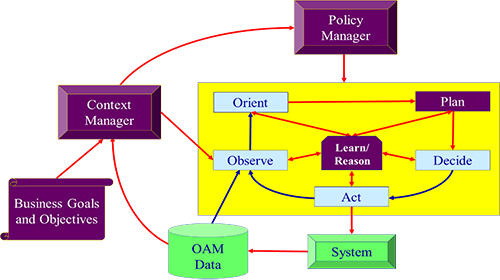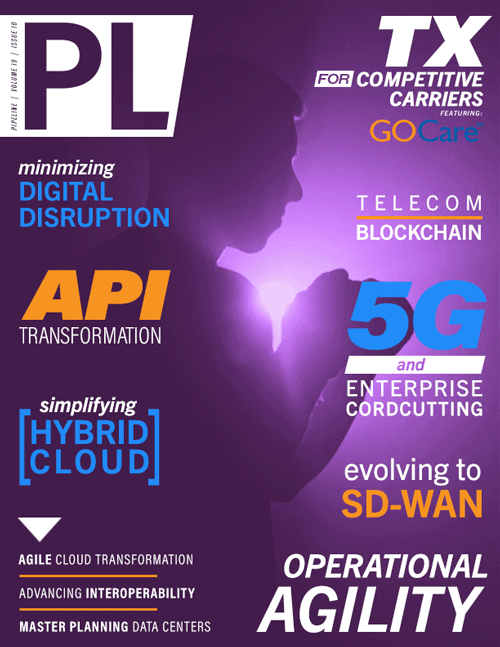Agility of networks: changing & using
resources dynamically
The individual functions of a cognitive system, as well as multiple cognitive systems, shall be able to collaborate on a set of tasks. The specific set of functions is assigned to the collective
and is driven by its suitability to accomplish the tasks of the current set of goals.
Architectural Implications
Cognitive systems should generate hypotheses, reasoned arguments, and recommendations. They should be able to generate explanations of their reasoning processes. A cognitive system shall be able to reason about what actions to take, even if a situation that it encounters has not been anticipated. It shall learn from its experience to improve its performance. It should be able to examine its own capabilities and prioritize the use of its services and resources, and if necessary, explain what it did and accept external commands to perform necessary actions.
Cognitive systems should be used to augment human decision-making and action processes. Cognitive systems are not meant to replace humans, but rather, enhance them. Autonomic Systems are indeed more intelligent, but that is not their primary benefit. For example, consider smart phones. People do not buy them because they are “more intelligent,” but rather, because they have features that are important to users. Similarly, autonomic systems use their intelligence to transform a system into an Intelligent Provider of Services. The “intelligence” is the ability to adapt to change using cognition.
Autonomics is not just about self-configuration, self-healing, self-optimization, and self-protection; these are all benefits of a cognitive system. These capabilities collectively enable the cognitive system to recognize change in itself and the environment, analyze its performance with respect to its current goals, and comprehend the effects of issuing a command in that situation.
Enhancing the Operator Experience using Agile Cognitive Management
Operators must manage services provided by the network (e.g., streaming multimedia or call quality) in increasingly complex networking environments. This is exacerbated by new technologies
deployed in new applications, including the Internet of Things, 5G, telehealth, Smart Cities, and communications over multiple media. Networks are now a software-driven fusion of virtual and
physical networks that may have different Key Performance and Quality Indicators, and even different Service Level Agreements, under different conditions.
The Agile System can function as either an advisor or (when sufficient trust is established) a manager. It has the ability to use policies authored in natural language, and provides trends and predictions that notify the operator of problems that will occur before they impact a service. Intelligent telemetry and dynamic knowledge bases are used to provide evidence that supports recommendations and commands.

Conclusions and Future Work on Agile Cognitive Management
Future work will include specification of APIs and protocols, including policies. ETSI specifies a novel information model that enables different types of policies to be represented. Currently imperative (e.g., when an event occurs, if conditions are satisfied, then actions may be executed), declarative (e.g., logic-based policies), and intent (e.g., restricted natural language) policies are defined.
In conclusion, ETSI is studying Agile Cognition as a set process that consists of three parts: acquiring data (perception), understanding information (comprehension), and producing new data, information, and knowledge that support taking actions. These human-like tasks will increase the agility and re-use of resources in the network that are expressed as policies that may be described in a reduced-intent language and grammar.
The concept of Agile Cognition systems with control loops, is shown in graphic above.
|
|



















